Vietnam Unfolded: What Design Students Learned About Intention from Tradition and Heritage
What if history itself could be your classroom? What if resilience, culture, and creativity weren’t confined to textbooks, but lived in the streets of a vibrant city?
On our recent journey to Vietnam, that idea became reality. The country revealed itself not as a destination but as a teacher—where resilience is painted on walls, identity is woven into textiles, and unity is carved in stone. Every stop along the way became a lesson in design, intention, and heritage.
The Journey Begins: Learning Beyond Classrooms
It all started not on a plane, but in a room filled with ideas—at the HappyMiles Outdoor Learning panel. Educators, designers, and cultural experts gathered around a question that lingered in the air:
What if a journey could teach more than a classroom?
“Where can students not just see culture, but live it?” one asked.
“Which place tells its story through resilience and creativity?” another wondered.
“Which place tells its story through resilience and creativity?” another wondered.
The answer was clear: Vietnam.
With its 54 ethnic groups, centuries-old craft traditions, and layered history, Vietnam promised not just destinations but living lessons. The panel imagined not monuments as static stops, but classrooms without walls—spaces where design, culture, and identity are lived, not lectured. And so, the journey took shape.
Living Lessons: Museums as Storytellers
Upon arrival, students didn’t just visit—they questioned, listened, and learned. At the Museum of Ethnic Communities, every textile became a story, every ceramic a vessel of memory, every ritual object a piece of anthropology made tangible.
The panel’s vision had come alive: Vietnam itself unfolded as a teacher, turning artifacts into voices and culture into conversation.
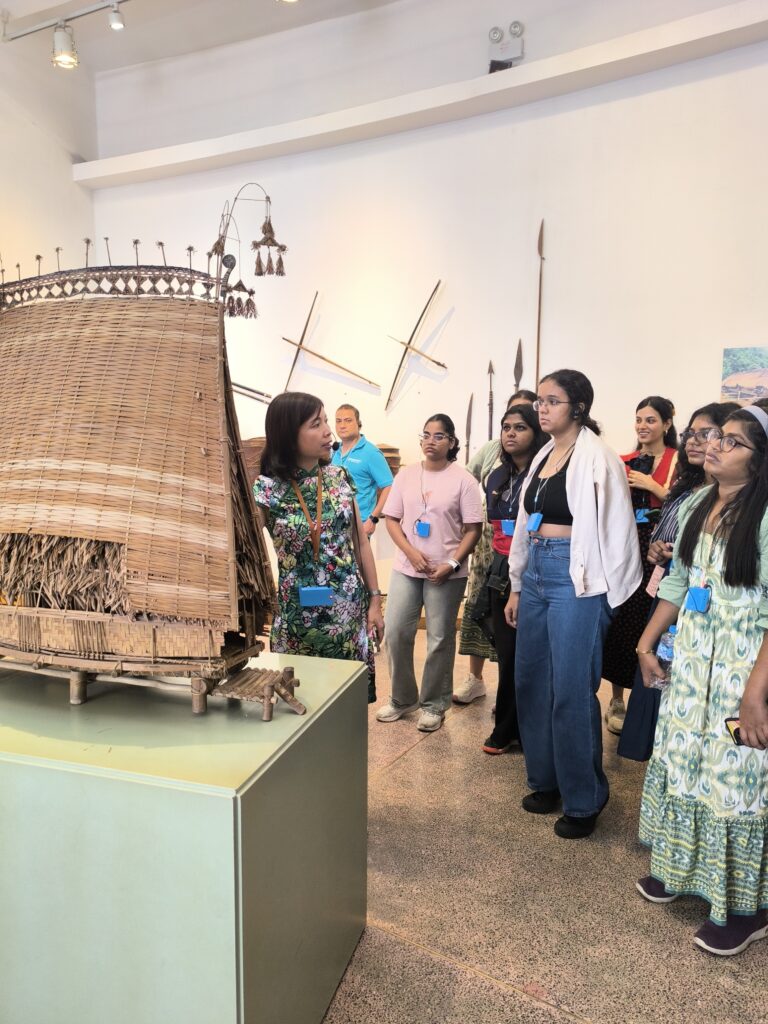 Fig 1-2: Ethnic communities craft session
Fig 1-2: Ethnic communities craft session 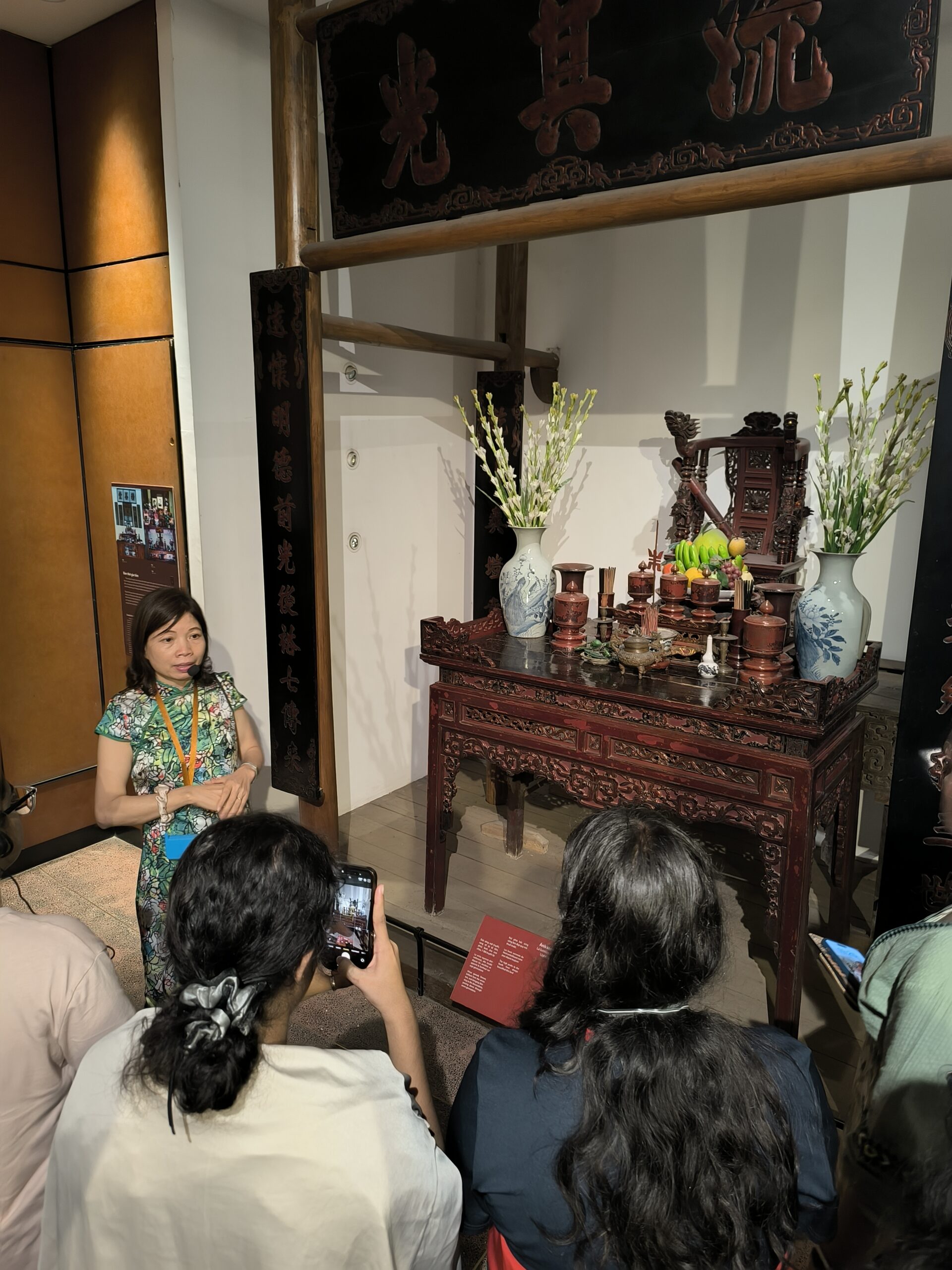
Wartime Art: Posters as Weapons of Resilience
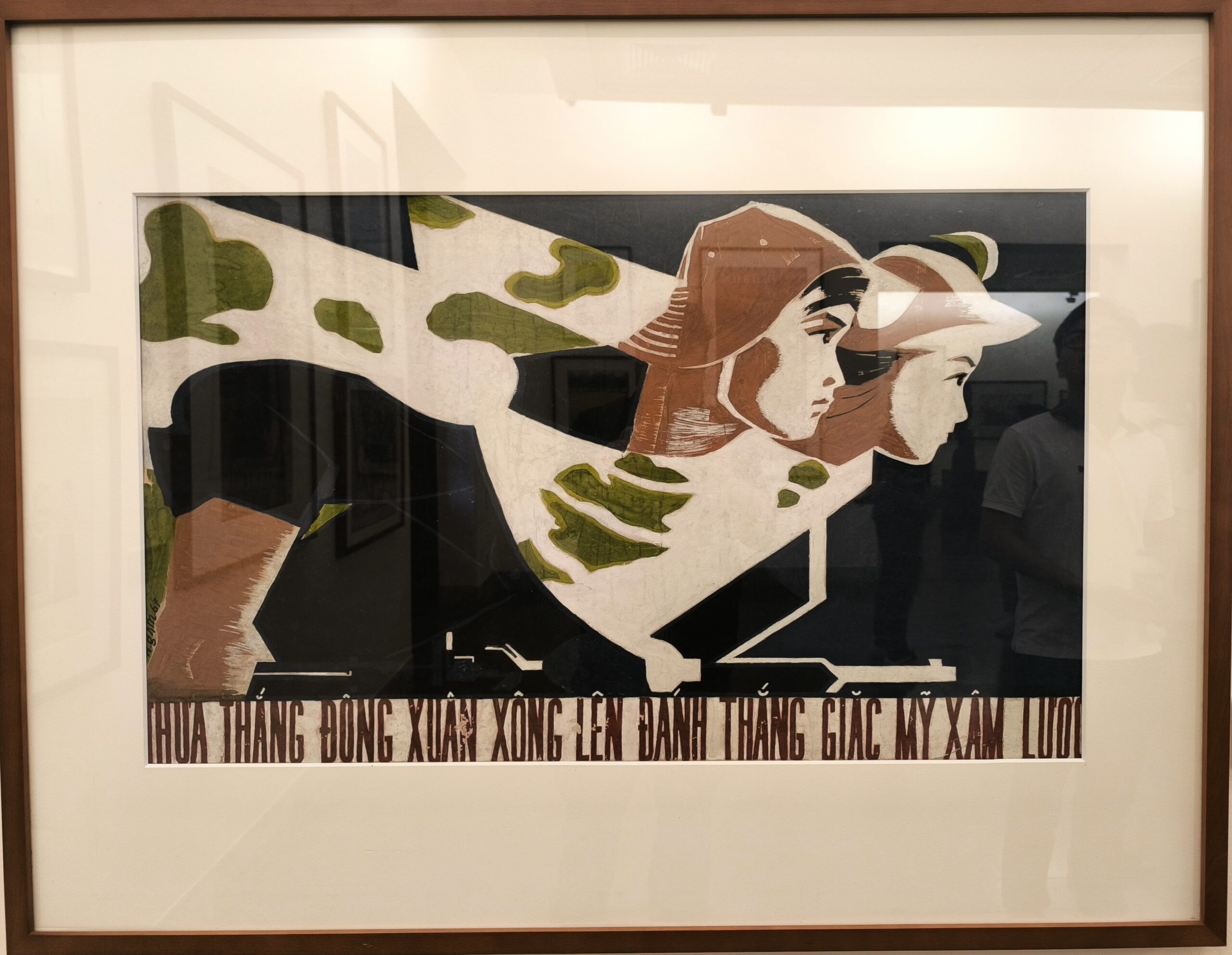

Fig 3-4: Wartime lacquer painting and propaganda poster
Artwork reflects the tradition of Vietnamese lacquer painting, portraying two soldiers seated together in conversation during the wartime period. It conveys not only a scene of rest but also a sense of resilience and companionship amid conflict. The other piece is a later propaganda poster, striking in its minimal yet powerful visual language. With bold forms and limited colors, it narrates a call to unity and strength, serving as a symbolic reminder of collective purpose during times of struggle.
Vietnam’s history is not confined to books—it is etched into paintings, woven into fabrics, and displayed in daily life.
We saw lacquer paintings shimmering with layered sorrow and strength, preserving wartime memories. Propaganda posters, bold in color and minimal in form, carried urgent calls to unity—art that wasn’t decorative, but revolutionary.
Even today, creativity lives in everyday spaces: shopfront typography narrates identity across Hanoi’s streets, while lacquer continues to grace homes and furniture. For students, this was not passive observation but active discovery: art in Vietnam is both archive and living language.
A New Kind of Classroom: Questions for Educators
- What if students learned design not from slideshows, but from streets and markets?
- Could a lacquer painting teach resilience as effectively as a textbook?
- What stories might typography on a Hanoi shopfront tell about identity and communication?
- If art is a living textbook, shouldn’t travel itself be part of the curriculum?
Roots in Tradition: Where Scholarship Meets Design
Can a building teach values? Can art carry memory?
At the Temple of Literature—the Imperial Academy and Vietnam’s oldest university—students discovered the answers. They walked through courtyards where architecture and philosophy converged: stone steles engraved with Confucian calligraphy, wooden pavilions with intricate carvings, and lotus ponds alive with symbolism.
Here, calligraphy revealed itself not just as writing, but as the foundation of visual communication. Architecture was not only structure, but philosophy made visible—its symmetry and layered gates reflecting harmony, respect, and order.
For young designers, this was a revelation: design at its core is storytelling with intention.
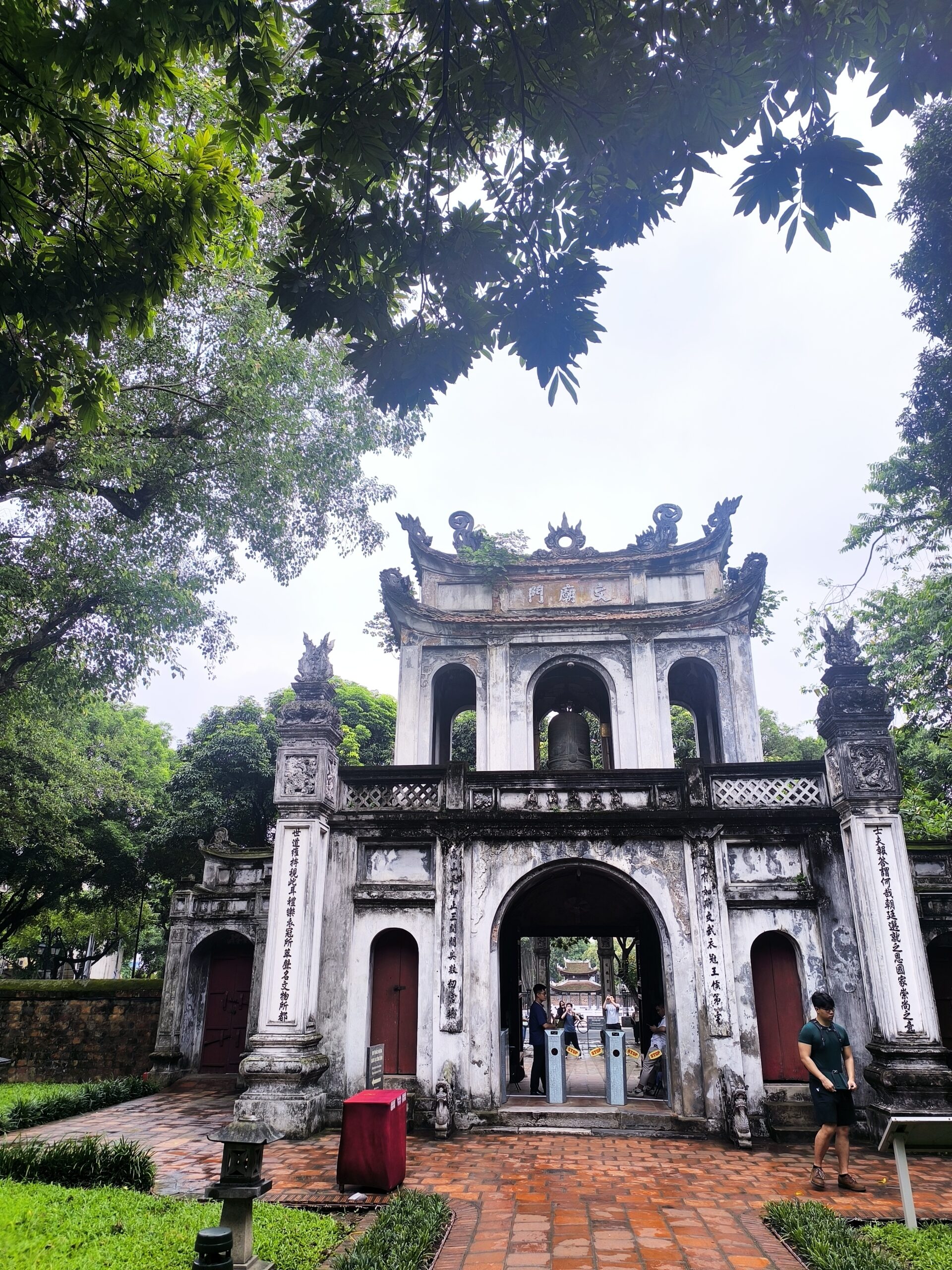
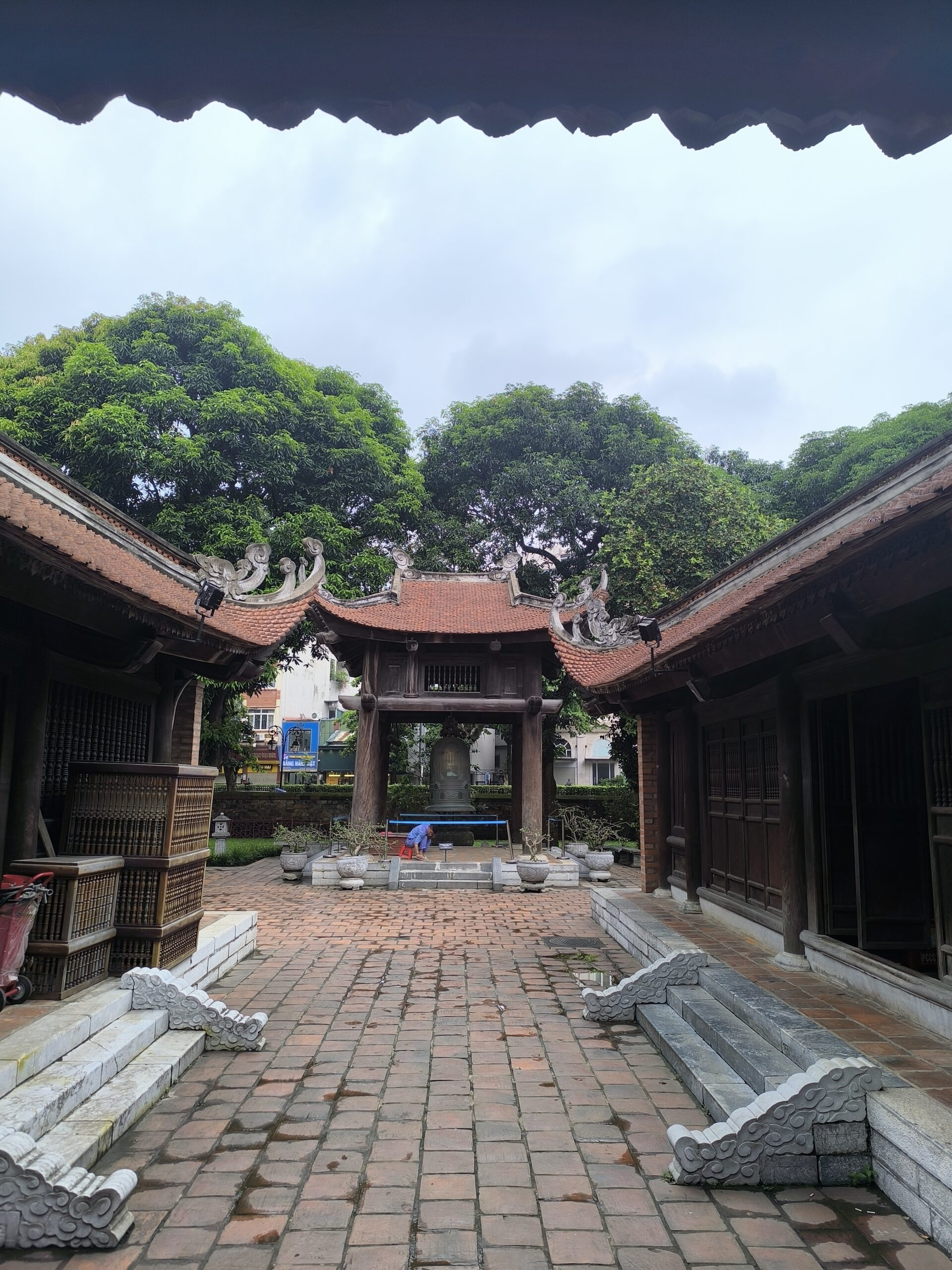
Fig 5-6 :Temple of Literature visit
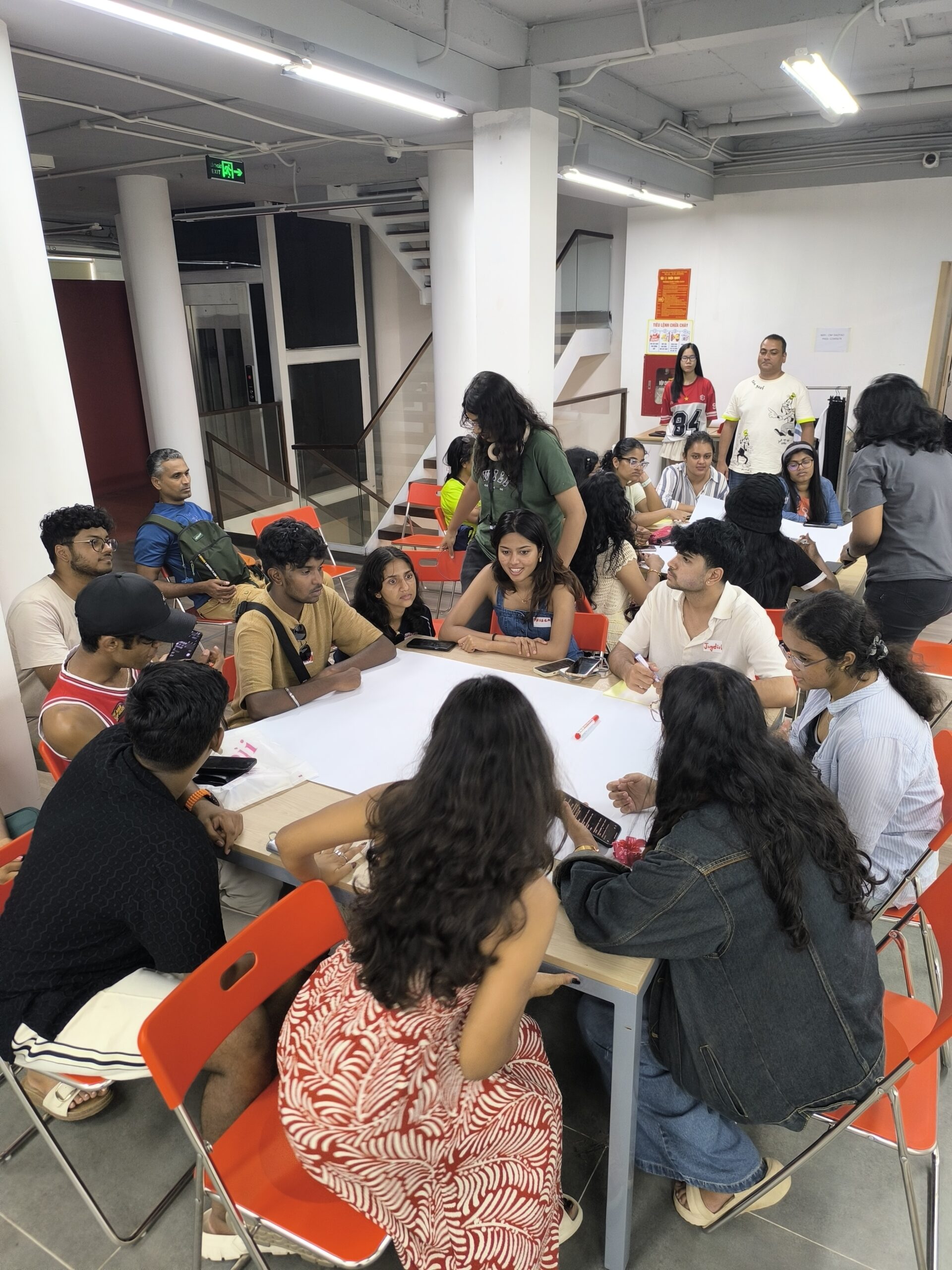

Fig 7-8 : Student design charrette with a textiles manufacturing company


Fig 9-10 : From exploring wood manufacturing units and industrial product factories to visiting live projects—each experience deepened our understanding of real-world applications.
Workshops in Tradition: Threads, Clay, and Craft
Beyond museums, Vietnam’s villages became our workshops.
In Bat Trang, near Hanoi, we watched artisans shape clay into ceramics that carried myths, gods, and village life. Each pot told a story.
In the northern highlands, Hmong and Tay weavers showed us traditional textiles dyed with indigo and embroidered with bright patterns. These were not just fabrics—they were cultural archives, stitching together identity and heritage. For students, these crafts proved that design is also anthropology: every pattern and motif encodes history.
And then there were the folk prints of Dong Ho, created with carved wooden blocks and handmade paper. Watching an elderly craftsman ink a rooster onto paper, we understood that folk art is not frozen in the past—it lives on through hands that keep shaping it.
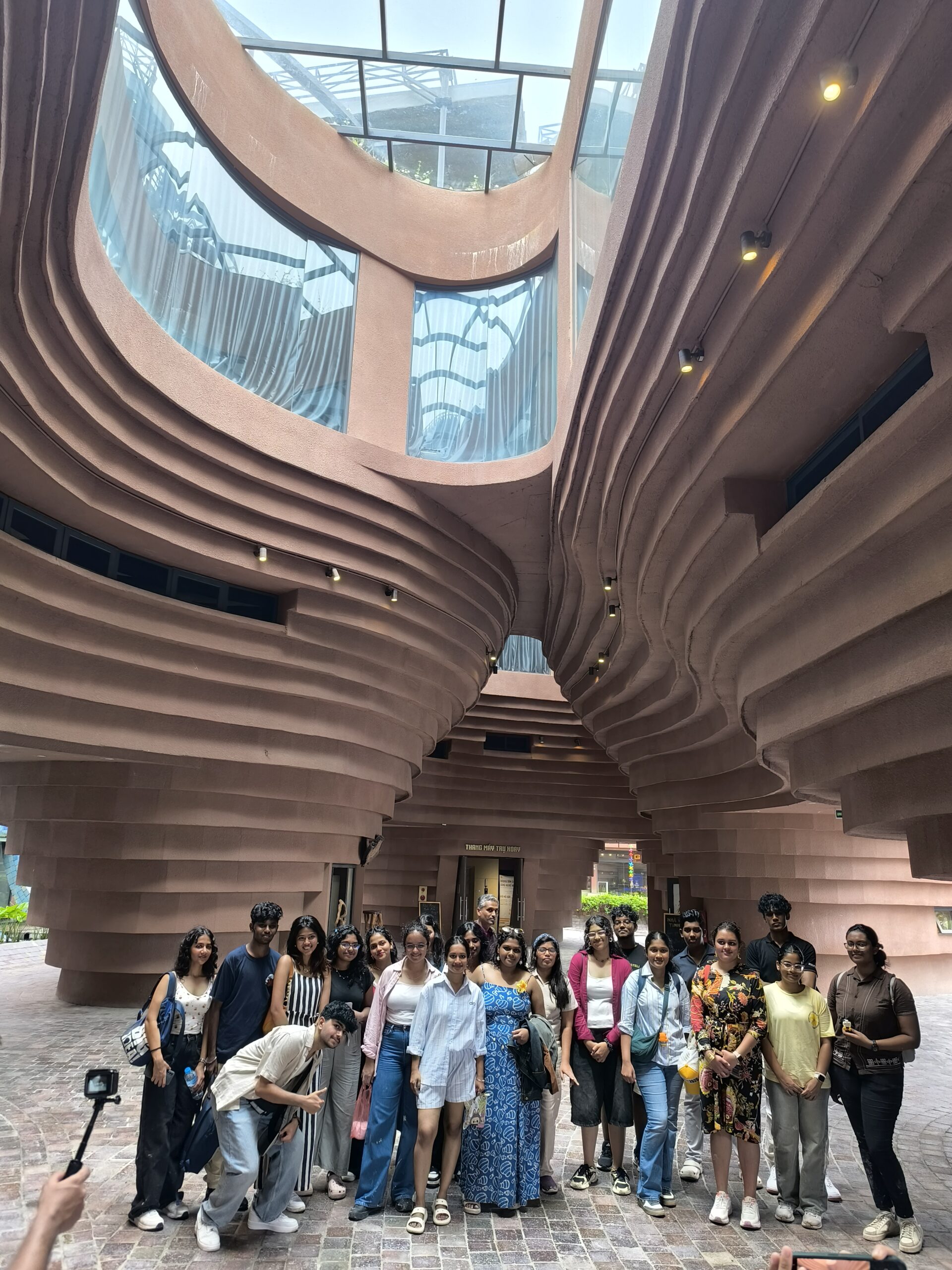

Fig 11-12 : Pottery village heritage walk & pottery workshop
Hanoi’s Everyday Creativity
Where Do We Find the Origin of Good Design?
What does creativity look like when it’s part of daily life? a student asked as we stepped into Hanoi’s Old Quarter.
The streets gave their answer. Silversmiths at their benches, paper-makers at their stalls, artisans shaping craft traditions handed down for generations each corner hummed like an open-air design studio.
Another voice wondered aloud: Is heritage only about preserving the past, or can it also shape the future? On Hanoi’s sidewalks, the answer seemed clear. Tradition here was not locked away in museums; it was alive, shaping everything from objects to identities.
At a courtyard café, over creamy egg coffee, the conversation shifted. “Why invent coffee with eggs?” someone asked. The story unfolded: in the 1940s, when milk was scarce, Hanoians turned limitation into invention. A faculty member smiled: Isn’t that what design does? Turns constraints into possibilities.
Later, meeting young designers in their studios, new questions emerged. “How do you keep heritage relevant in industrial design?” a student asked. One designer explained:
We don’t copy tradition — we translate it.
Every product begins with respect for craft, but ends as something that speaks to today.As we left, another student reflected: So maybe the origin of good design isn’t in materials or trends at all. Maybe it starts with respect — for culture, for people, for roots.
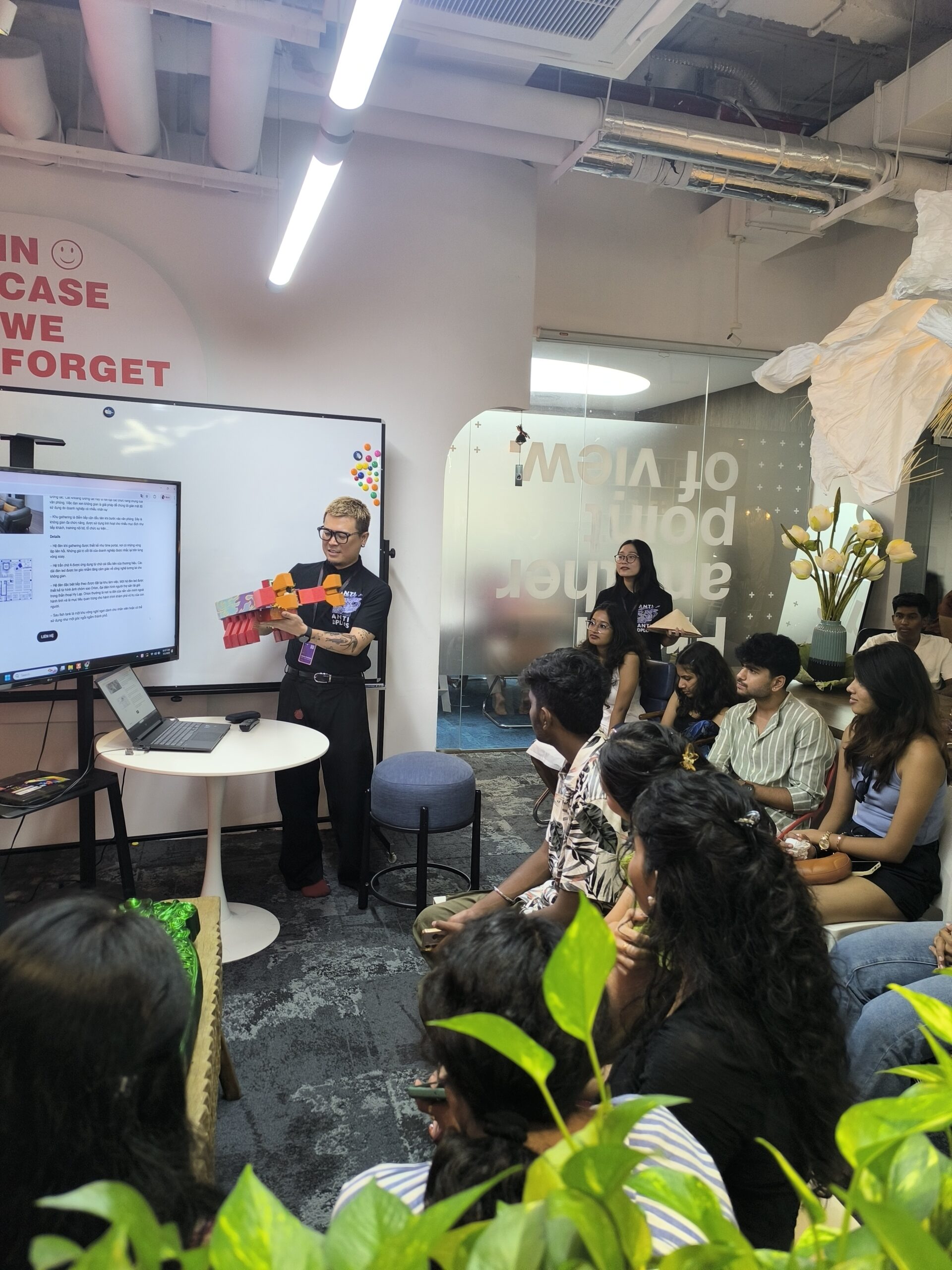
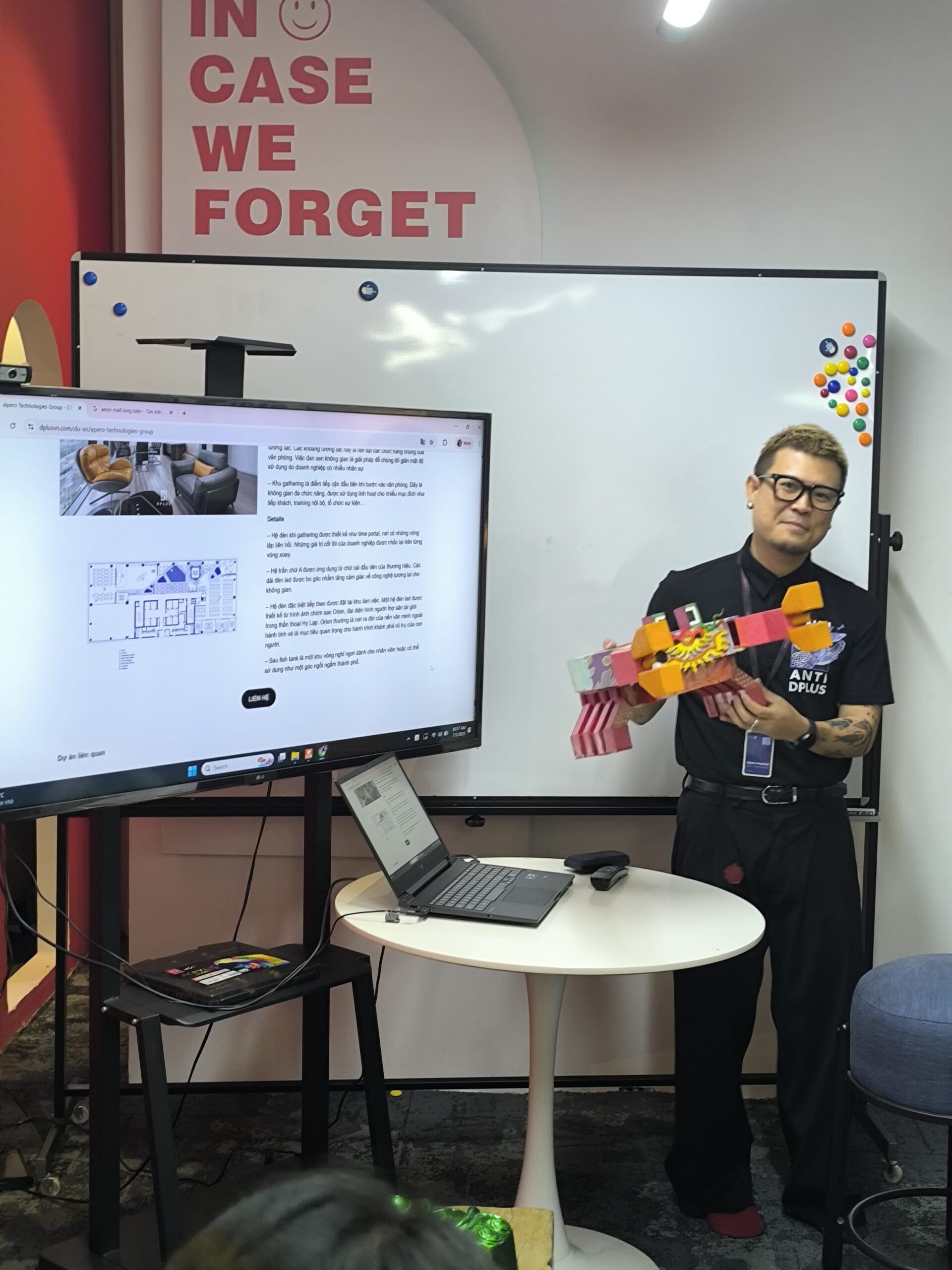
Fig 13-14 : Creative session inside a designer’s workspace.


Fig 15-16: Hands-on workshop in traditional lacquerware techniques: Vietnam taught us that art is lived as much as it is seen. Each place we visited turned creativity into an experience, and each experience into a step toward growth.
Lessons Along the Way
From temples to textiles, every step of our journey carried a lesson for young designers:
- Calligraphy and lacquer → patience, discipline, and layered storytelling.
- Textiles and weaving → the power of pattern as cultural memory.
- Propaganda posters → design as activism and resilience.
- Street art and modern galleries → tradition and innovation working hand in hand.
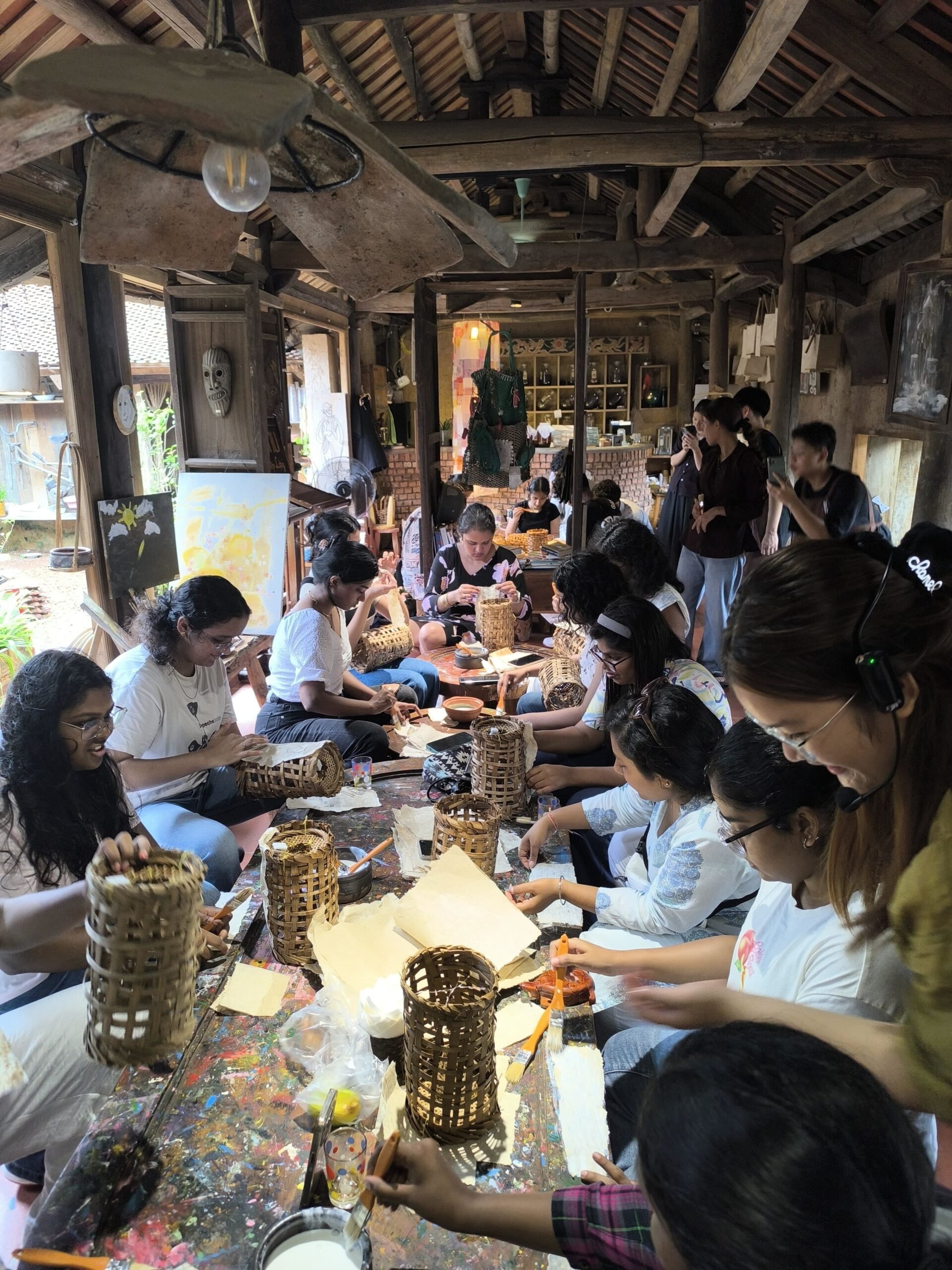
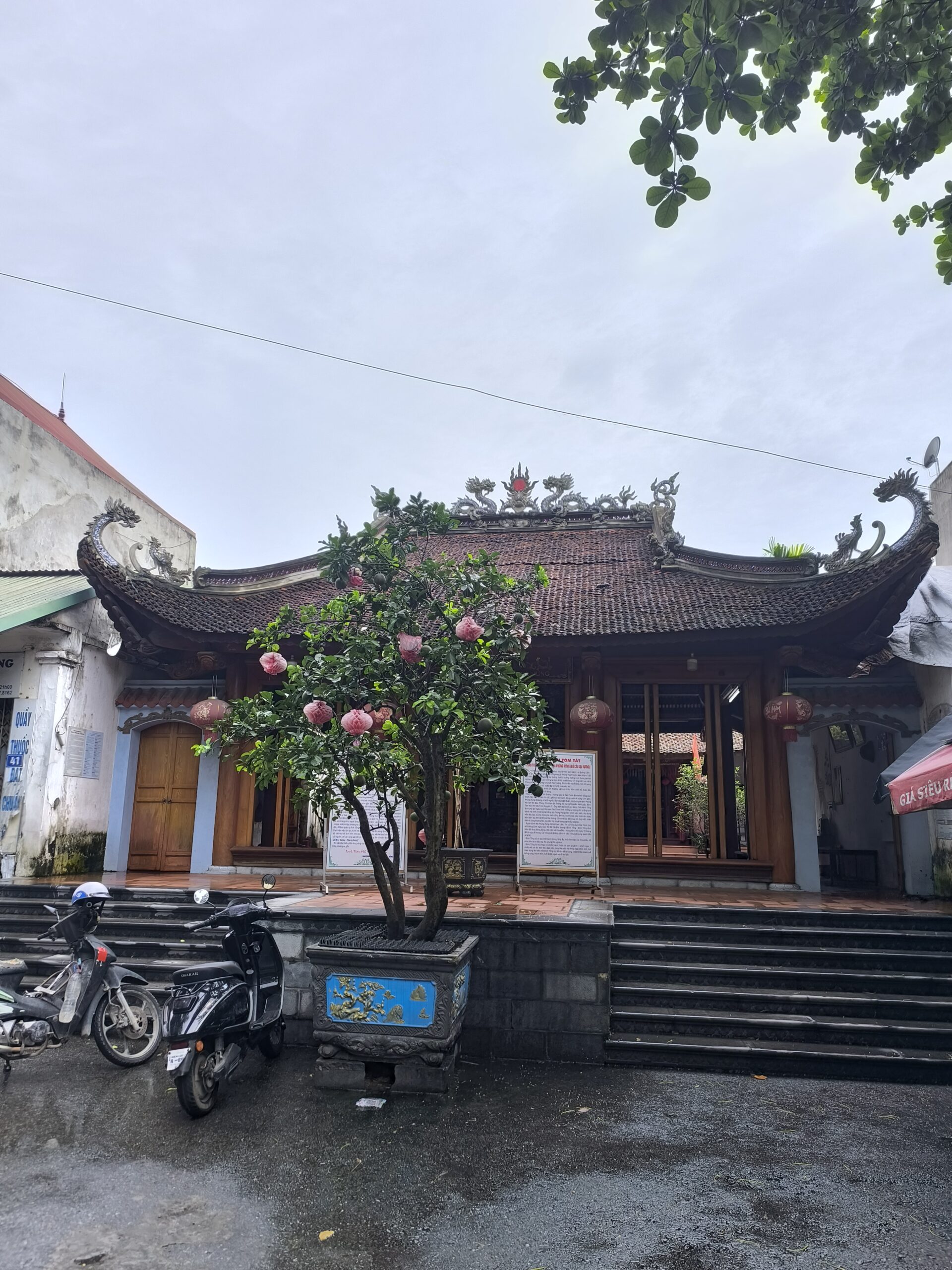

Fig 17-19 : Student lantern-making workshop in a historic village
Conclusion: Vietnam as Teacher
As our journey came to an end, one truth stayed with us: we had not just visited Vietnam—we had learned from it.
For students and educators, especially those exploring CAS trips, Vietnam offers more than travel. It is a living classroom where art teaches resilience, culture inspires creativity, and history fuels design innovation.
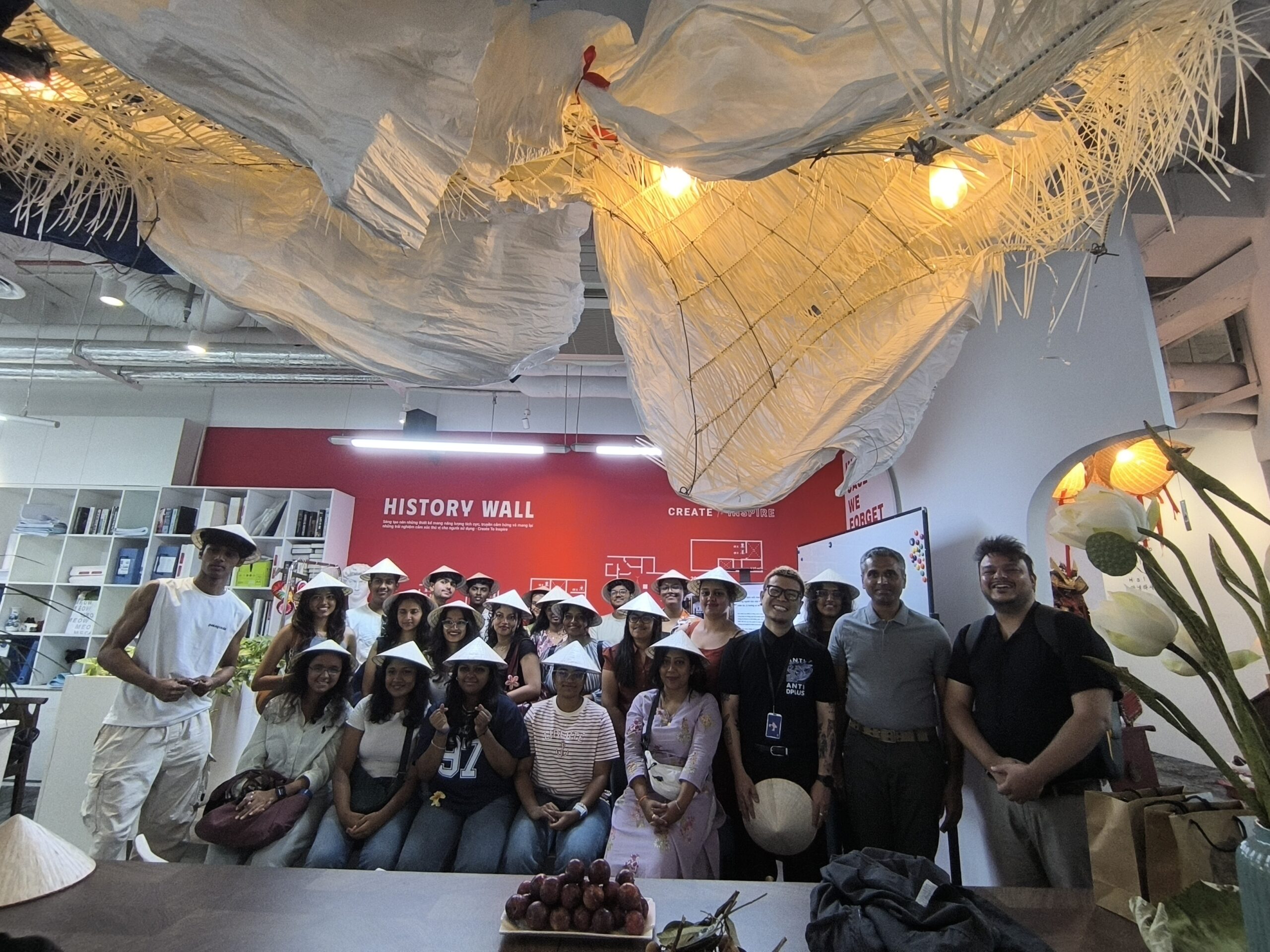
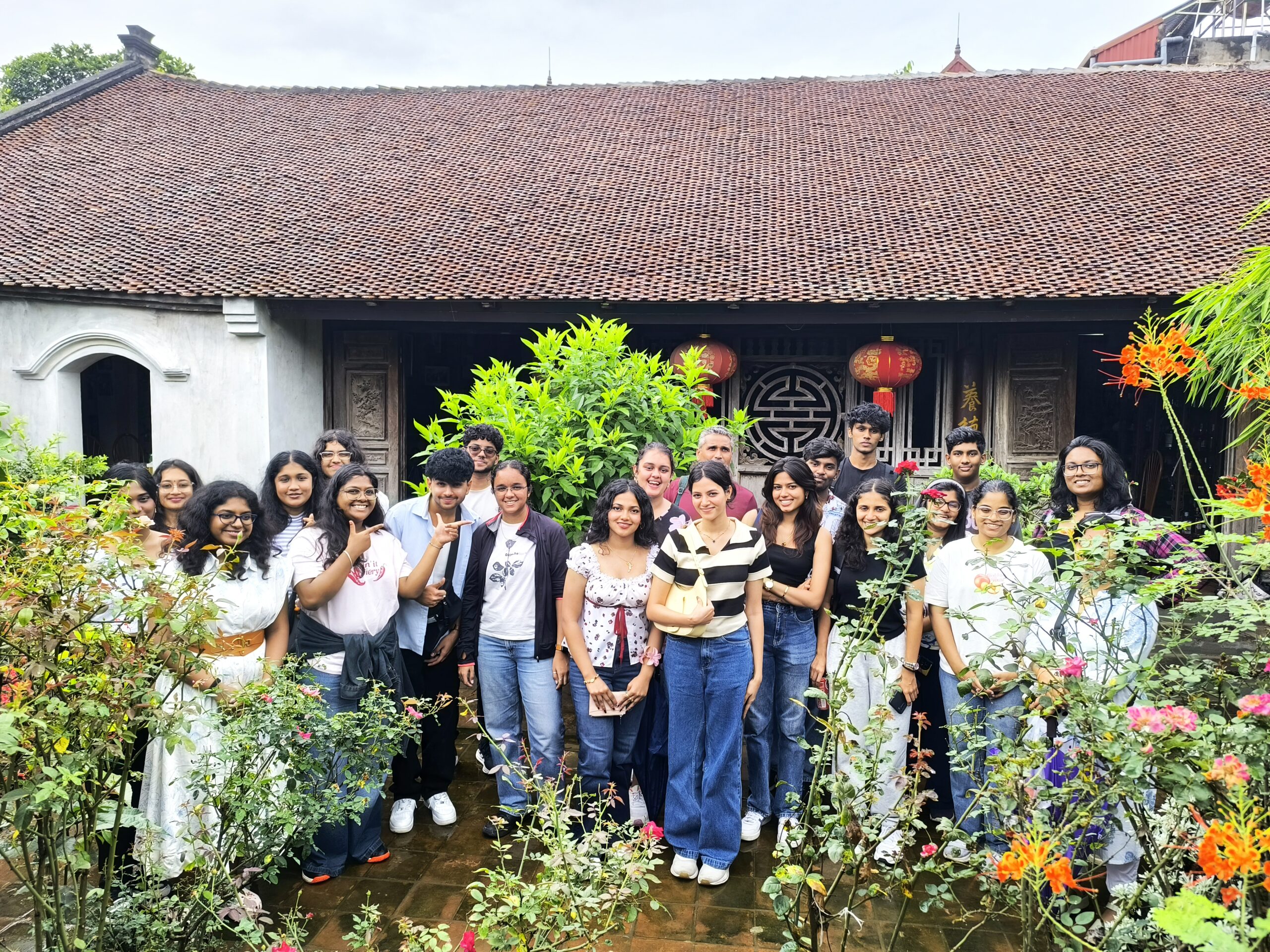
If you’d like your students to experience a journey like this, connect with us at HappyMiles Outdoor Learning. We customize every trip to align with your purpose—whether it’s design, culture, or global exposure. Our aim is simple: to help students grow stronger as a community while building meaningful connections with industries and traditions worldwide.

Frequently Asked Questions
How are activities structured during a trip like this?
Every activity is designed around specific learning goals, using hands-on tasks, real-world challenges, and guided exploration to make STEM meaningful.
Are the certification programs recognized?
Yes! Our certifications are led by subject experts and aligned with global learning standards and Sustainable Development Goals (SDGs).
What age groups are best suited for these journeys?
We customize activities for levels from primary to high school, ensuring every student is both challenged and supported.
How can I enroll in these curriculum-aligned programs?
It’s easy! Visit happymiles.in and send us your query. One of our subject matter experts will reach out with all the details you need.
The programs sound amazing, but what about affordability?
At Happymiles, we believe quality education and life skills should be accessible to all — regardless of financial background. That’s why we offer flexible EMI options, scholarships, and seasonal discounts. We want students to focus on learning — and we’ve got your back every step of the way.

